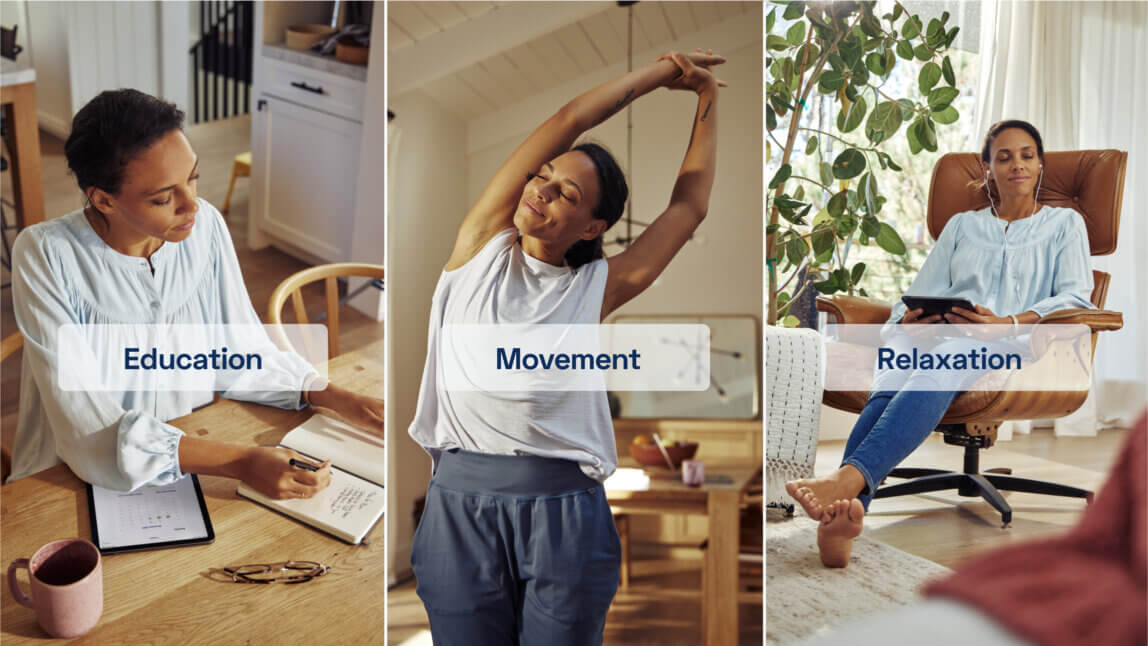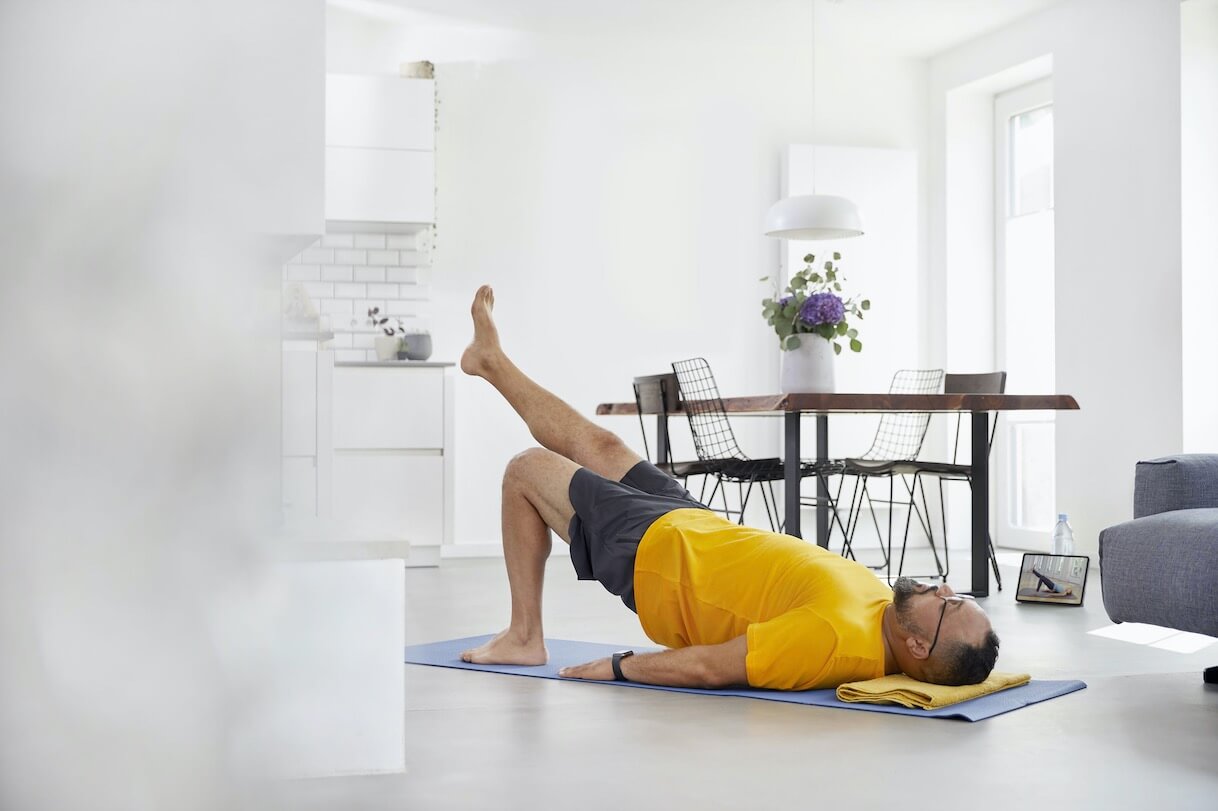
How Multimodal Rehabilitation Can Alleviate Chronic Low Back Pain
To address the bio-psycho-social factors that contribute to chronic low back pain and lower MSK spend, HCPs and benefits providers are leaning into multimodal rehabilitation.
4 min read

Further Reading
-
 When’s the last time you rebalanced your 401k? Financial planners recommend rebalancing at least once a year to minimize risk, maximize return and make sure you stick to your investment strategy goals.5 min read
When’s the last time you rebalanced your 401k? Financial planners recommend rebalancing at least once a year to minimize risk, maximize return and make sure you stick to your investment strategy goals.5 min read -

Accountability & Evidence: Setting a High Bar for DTx Solutions
Chronic disease makes up a major portion of the total healthcare spend in the U.S. and globally, driving the development of increasingly advanced, AI-supported digital therapeutic solutions for chronic disease managment.3 min read -

Introduce Digital Health to Your Organization in 3 Steps
When it comes to workplace wellbeing programs and health benefits, chronic health conditions represent an increasing concern and growing organizational expense.3 min read